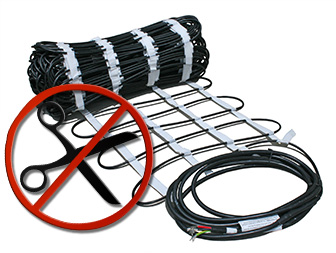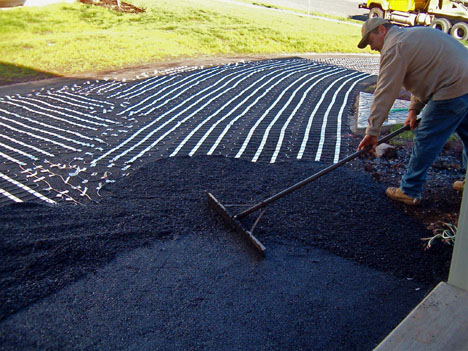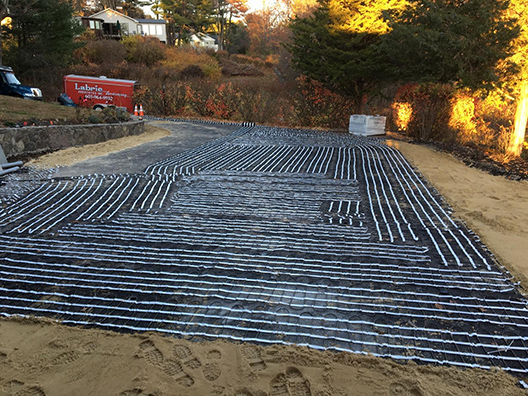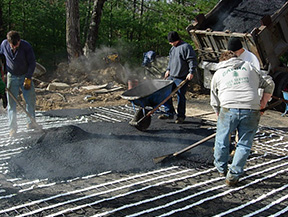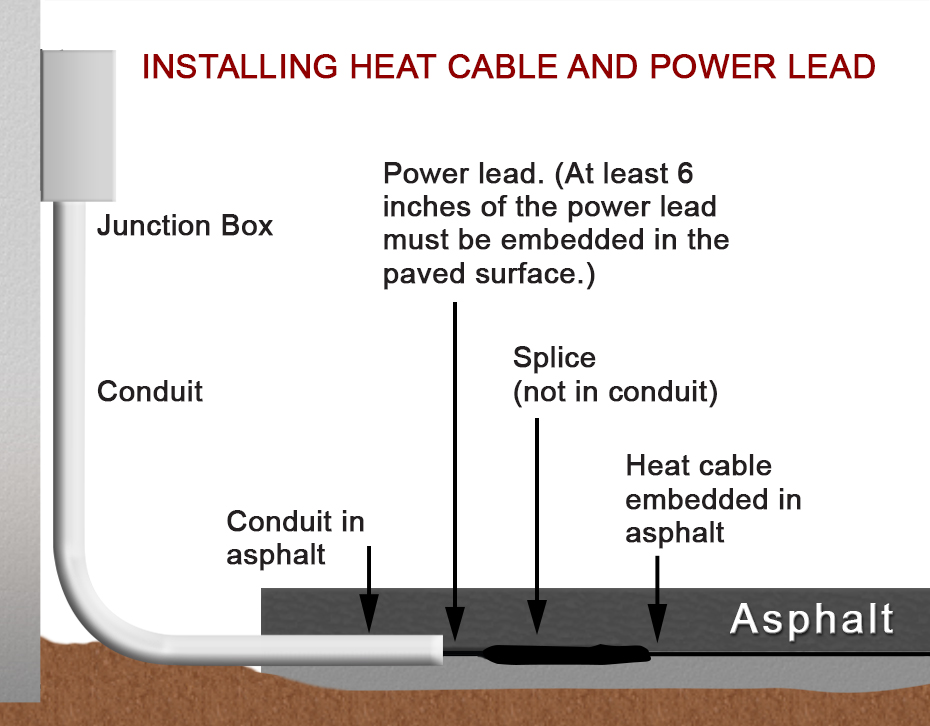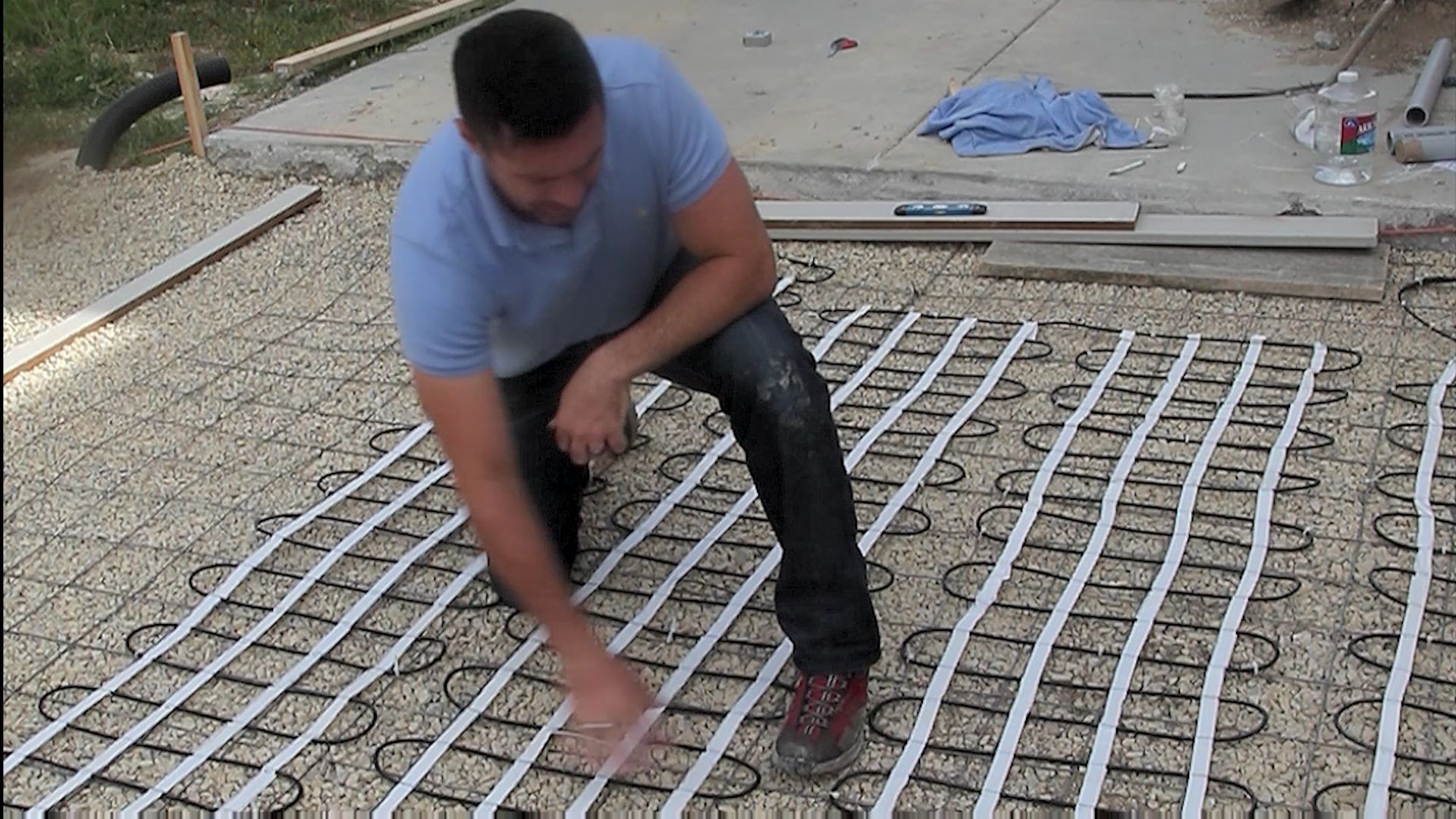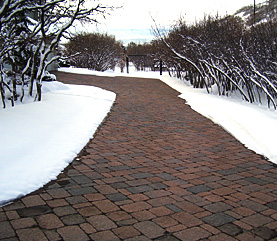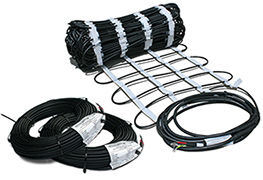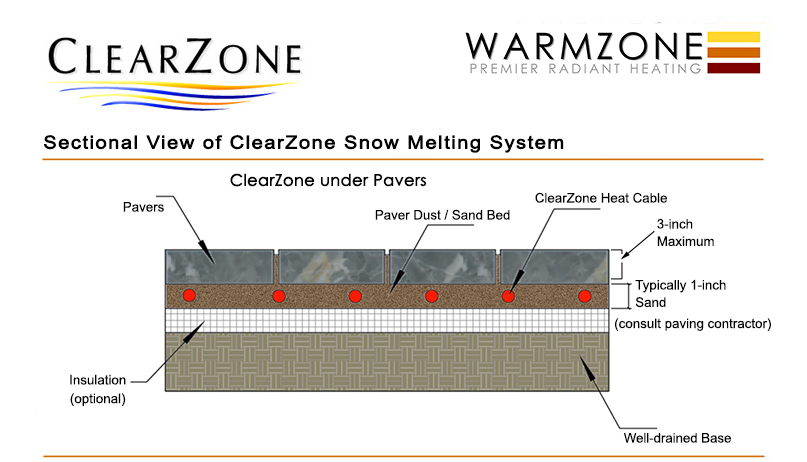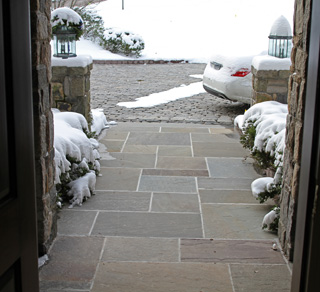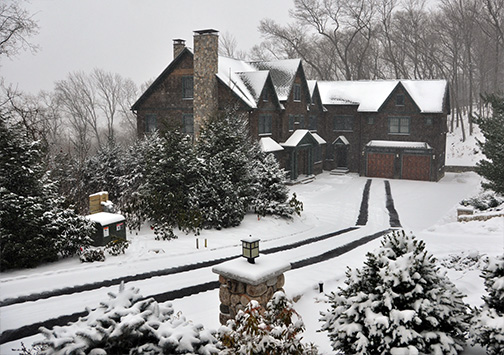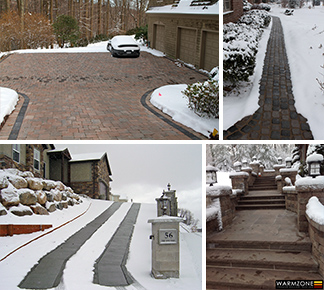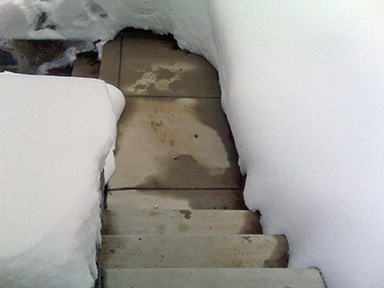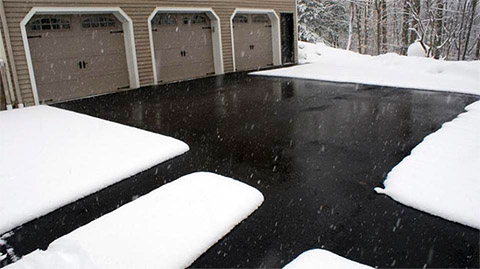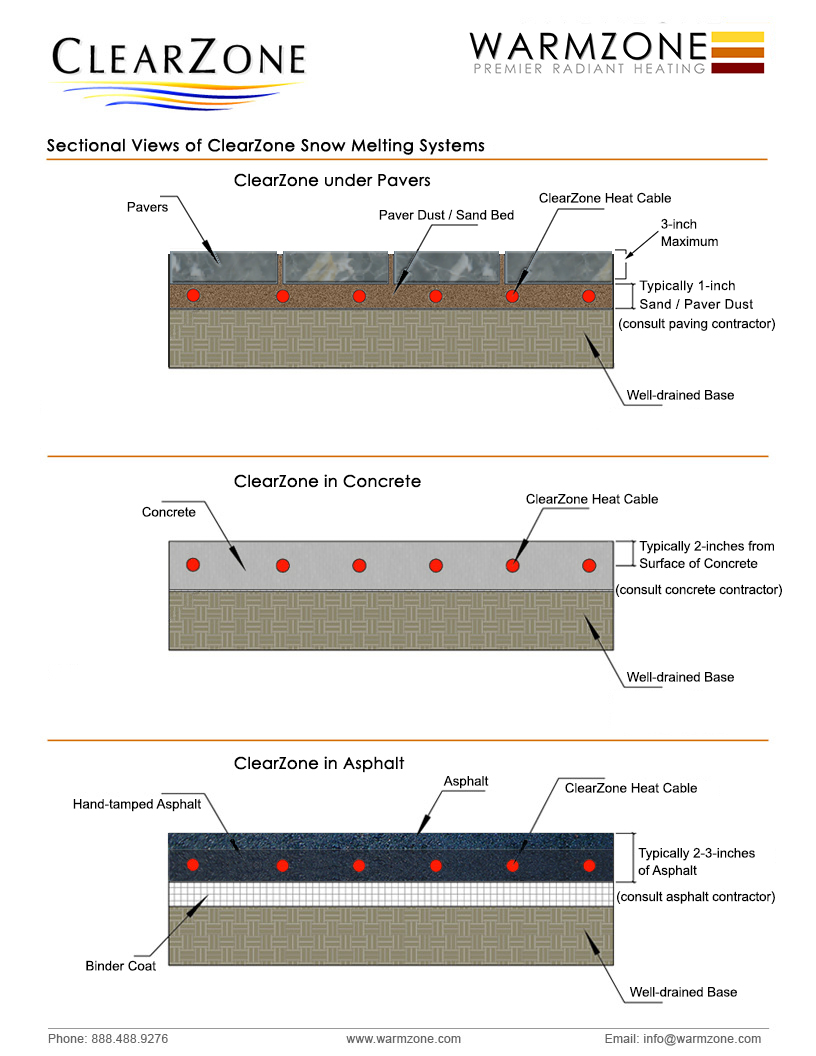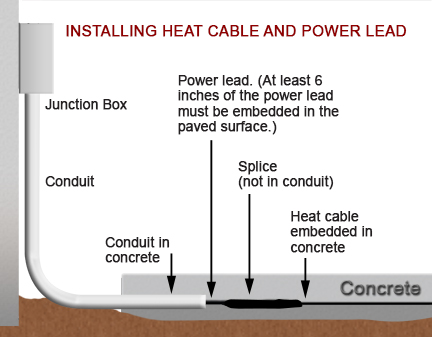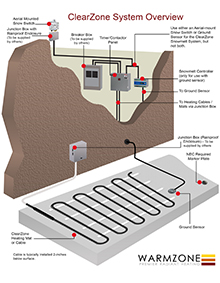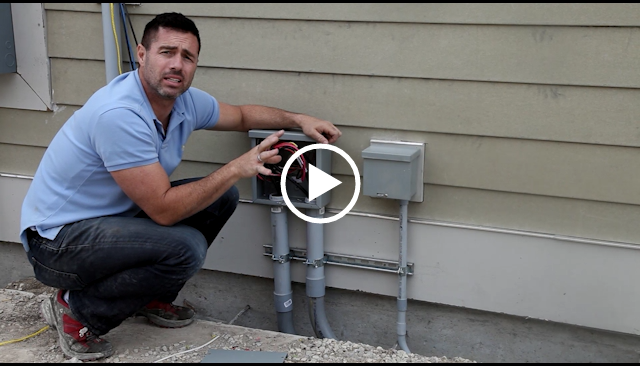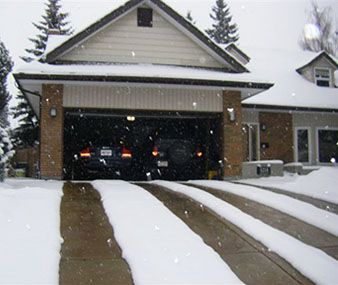Avoid Common Installation Mistakes
Installing a radiant snow melting system is not a difficult task, but there are a few important tips that installers should keep in mind. Perhaps the most important “tip” for installers is this: Take advantage of the free installation training provided by Warmzone.
We make the training easy. Installers can schedule their training online, via video conference. You’ll have a personal instructor who will cover every aspect of your installation, and you can stop and ask questions any time.
The other most important tip we can offer is to read the installation manual and follow the steps provided. A common mistake is that some installers are so eager to dive into the installation, that they don’t take the time to read the installation manual. Make sure you read the manual (and test the heat cable) prior to beginning the physical installation. Also, confirm that you have the right products for your installation. The voltage and wattage information of the heating cable is provided on the label of the box, so check this beforehand. If you need, you can call Warmzone’s technical support staff. We’re available to you throughout the installation process.
After confirming that you have the right cable, open the box and use a megohmmeter to perform OHM tests of the heat cable. It’s important to text the cable throughout the installation process. Test it before removing it from the box, as well as during and after the installation. This way you’ll discover any potential problems as early as possible. This will save you time and ensure a successful installation. Be sure to document the results (as outlined in the manual) to maintain the manufacturer’s warranty.
As you begin to layout the heat cable, keep these important guidelines in mind:
| ● | Always maintain proper cable spacing. Sometimes the cable may shift slightly after laying it out, so double-check the spacing before covering it. |
| ● | Never cut, cross or overlap the heating cable. The heat cable should not be altered under any circumstance, as it may cause overheating and damage the cable. |
| ● | Always embed the cable completely. Leave no air around the cable. |
| ● | Make sure to embed the factory splice (where the heating cable and power lead meet). See the illustration provided. |
| ● | Use a megohmmeter to perform OHM tests of the heat cable before removing the cable from the box, during the installation, and after the cable has been laid out. |
| ● | Always run the cold lead in a conduit (The power lead for the heating cable is not intended for direct burial.) |
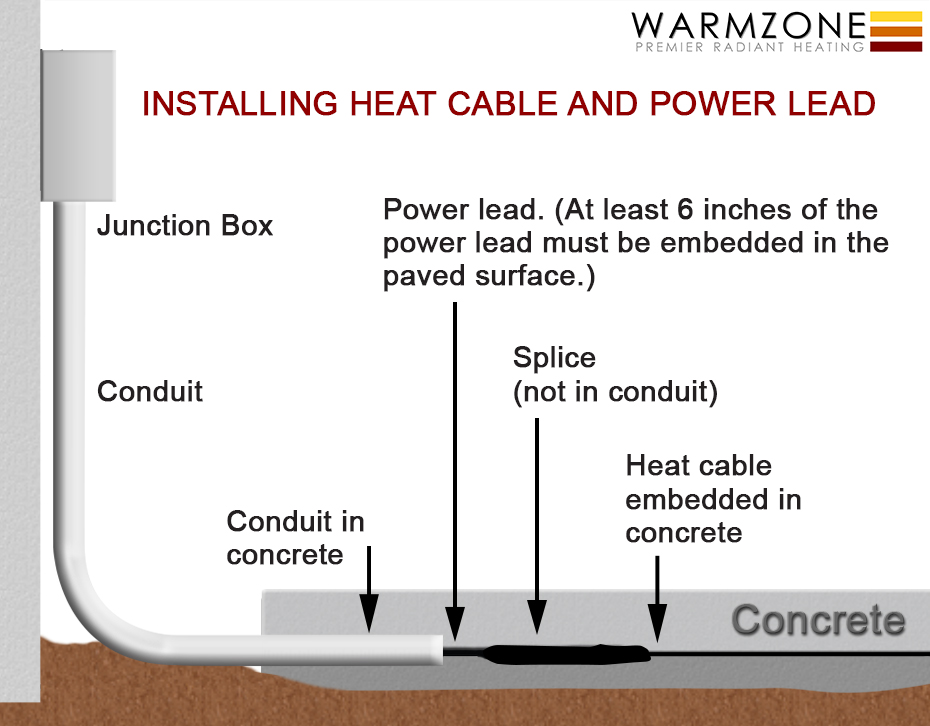
When installing snow melting cable in asphalt, the cables should be covered by two inches of asphalt. To prevent heat damage, the asphalt should be allowed to cool to 220°F (105°C) before pouring directly onto the mats or cables. (The in-ground snow sensors/tubes should not be exposed to temperatures above 176°F (80°C).) Warmzone offers specially constructed heat cable for installation in hot asphalt applications. ClearZone heat cable for asphalt is rated up to 460 degrees for up to 10 minutes.
When installing a new heated asphalt driveway, the snow melting cable is laid out on the binder or base coat and then approximately 2-inches of asphalt is hand shoveled directly on top of the cable. The asphalt is then compacted, using a 1-ton roller or less.
When installing the snow sensor (either an aerial-mount or ground-mount), make sure it has a clear, 360-degree “view” of the sky to allow snow to fall onto the sensor plate. This ensures that the system will activate when needed.
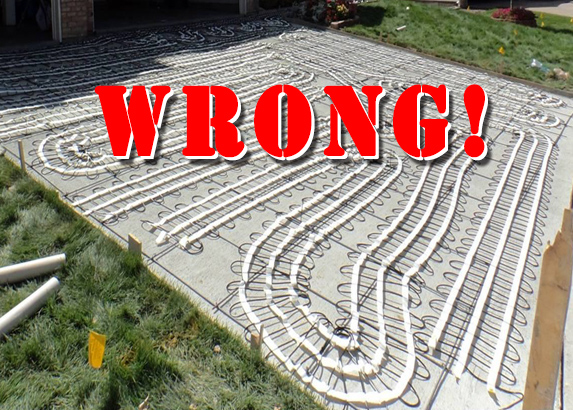
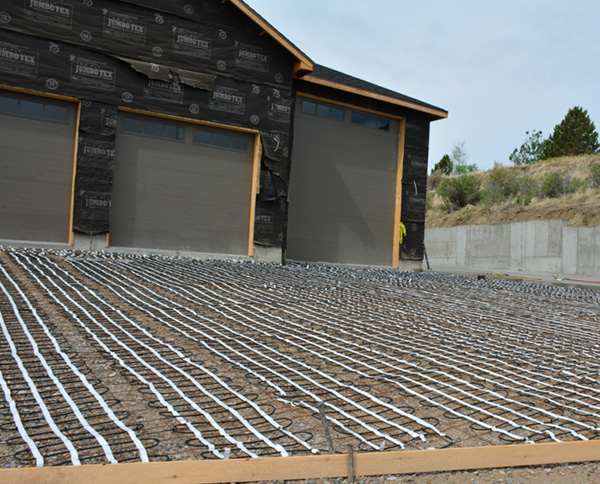
Remember, these guidelines don’t supersede the information in the instruction manual. Always refer to the manual, and don’t hesitate to contact Warmzone’s friendly technical support staff. We want you to success, so we are happy to assist you at any time.
Warmzone is one of the largest providers of snow melting, floor heating, and roof de-icing systems, as well as luxury home heating amenities. For more information about our radiant heat systems or luxury amenities, contact a friendly Warmzone representative today, at 888-488-9276.

